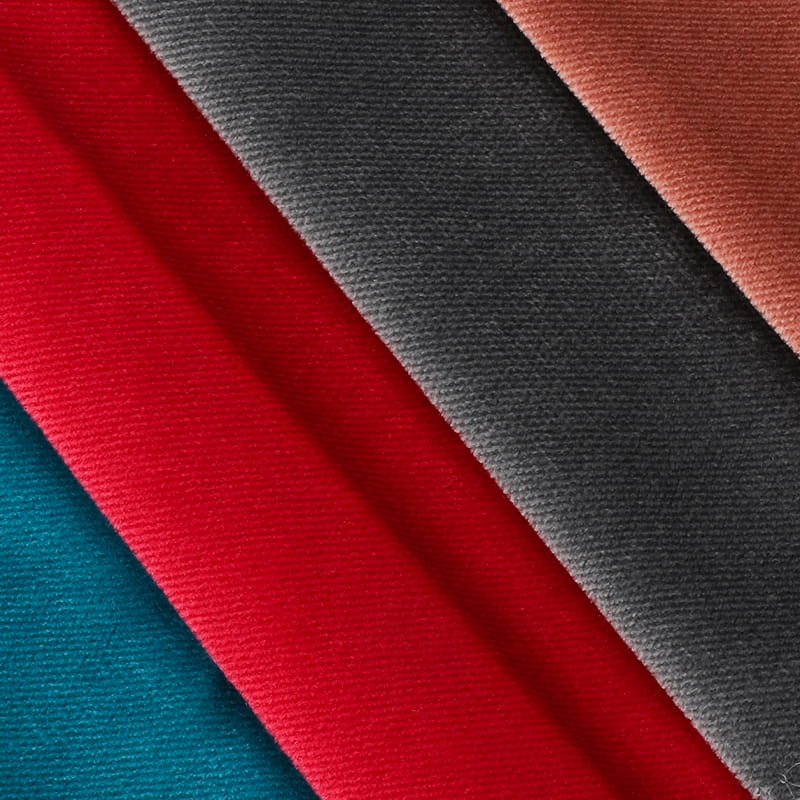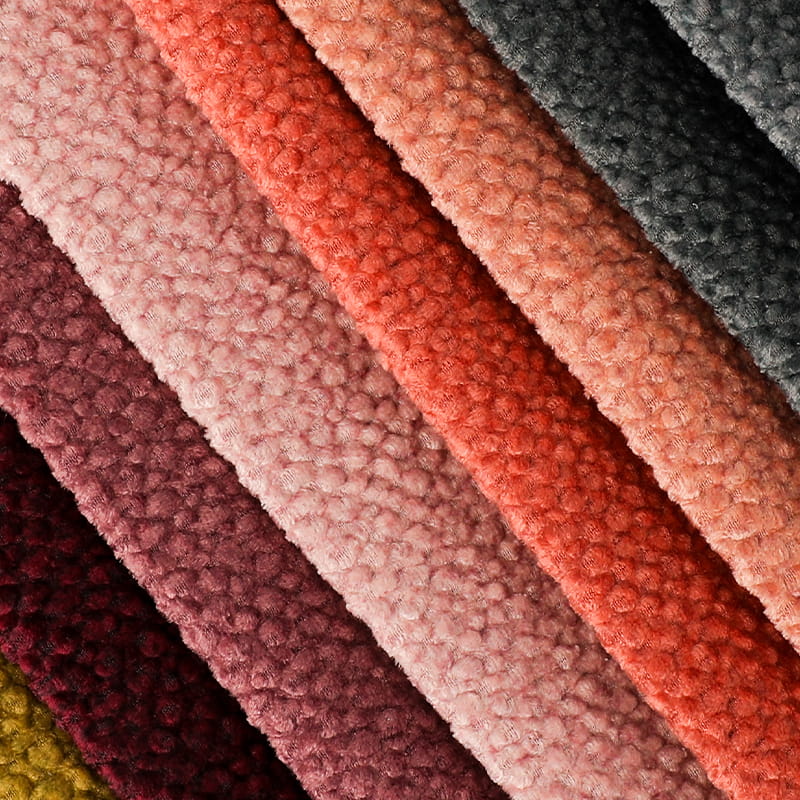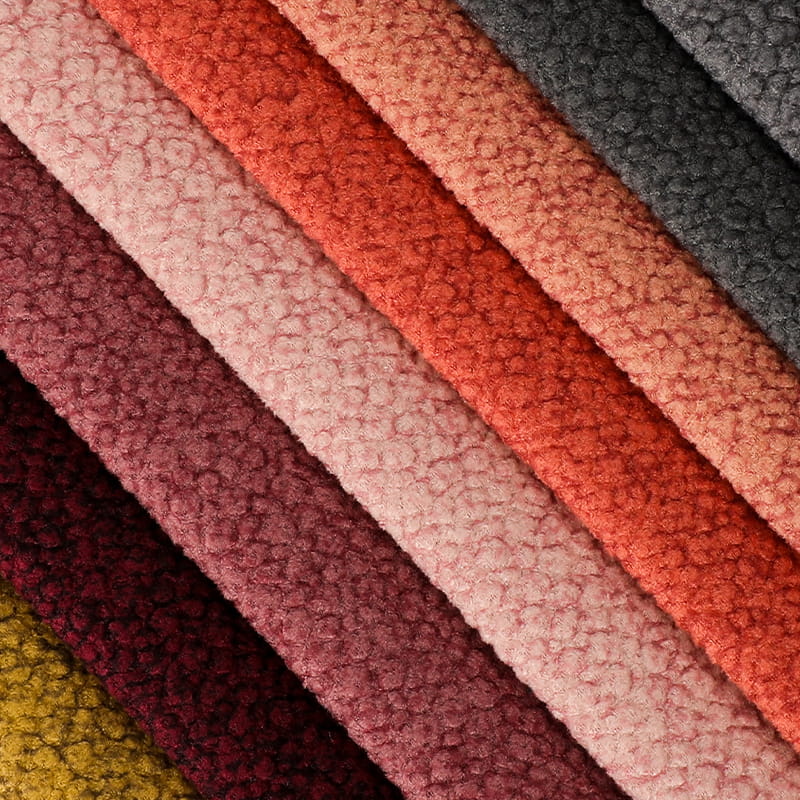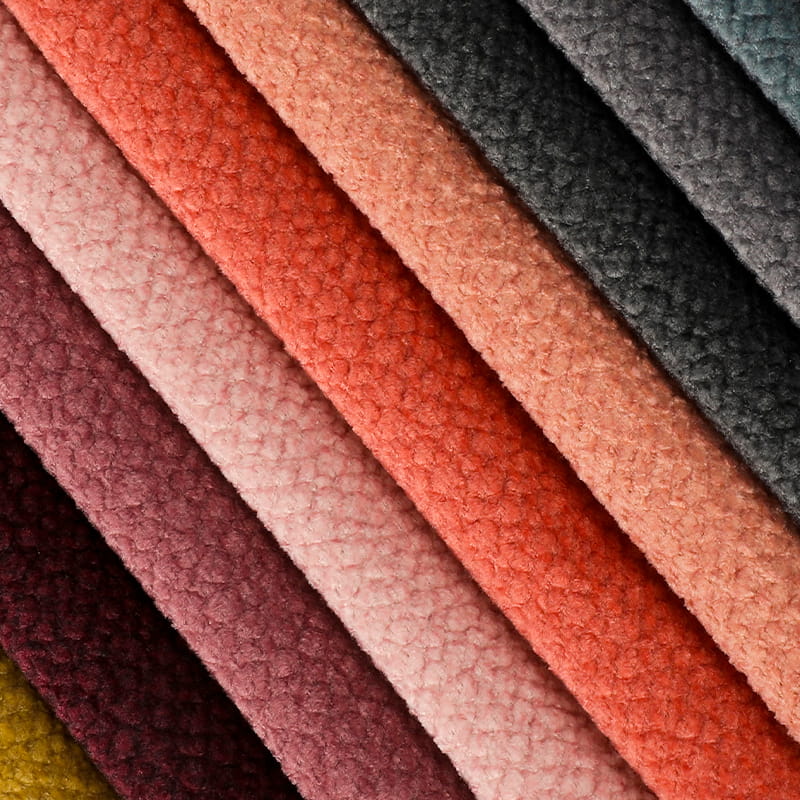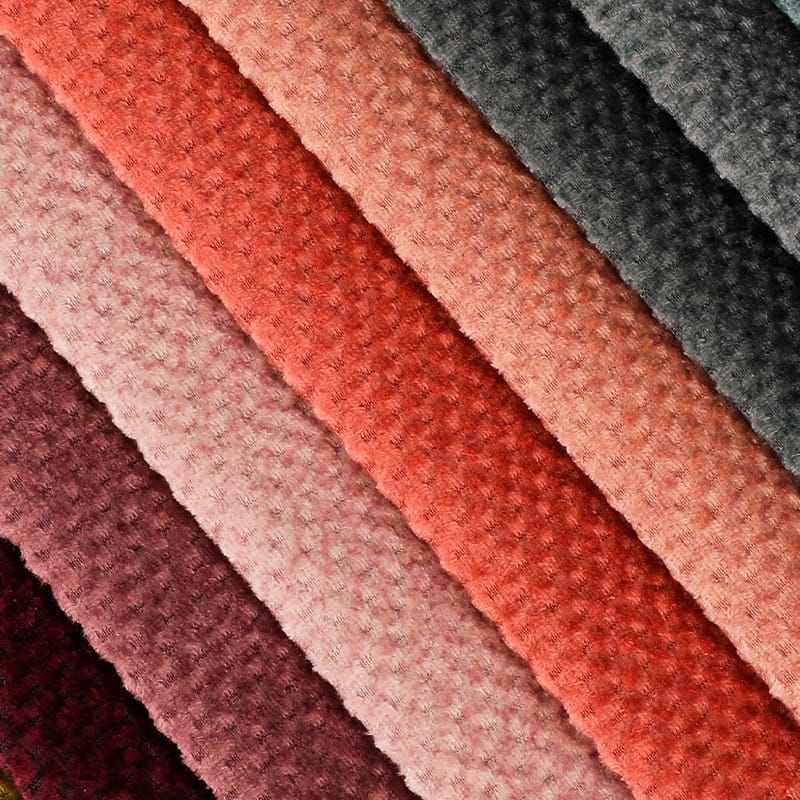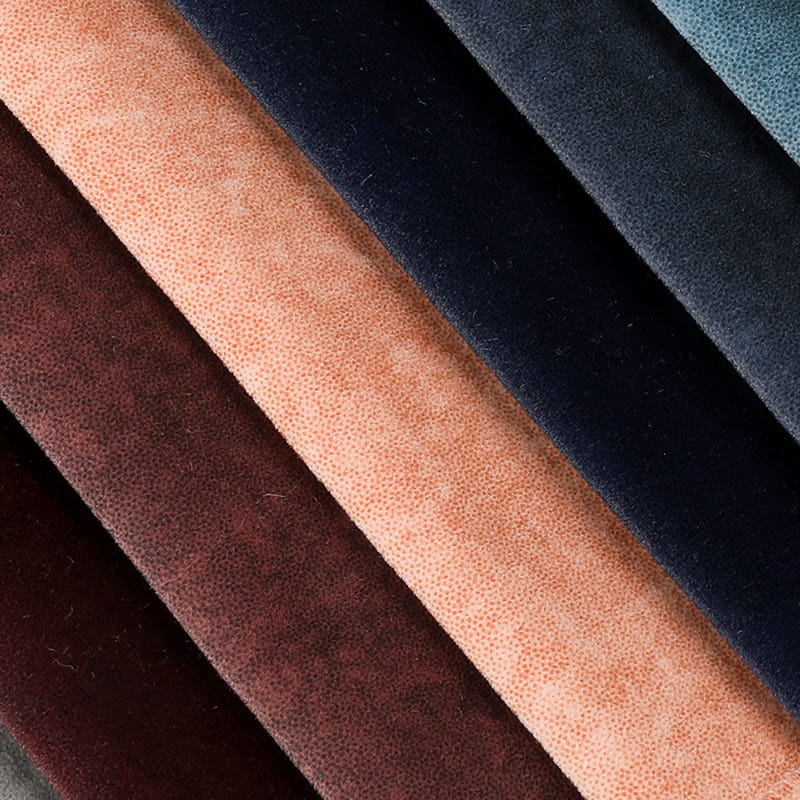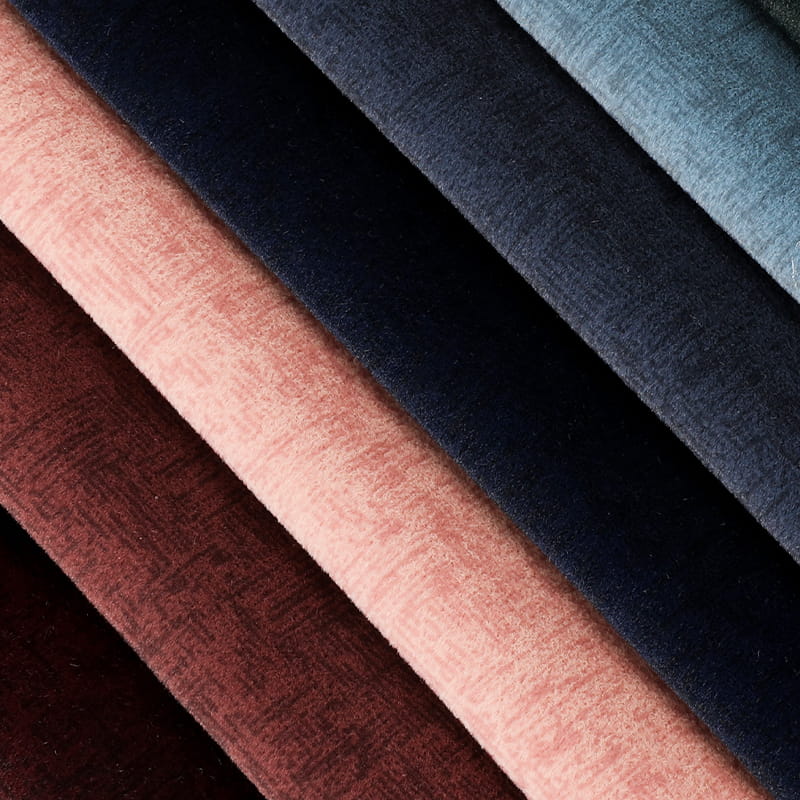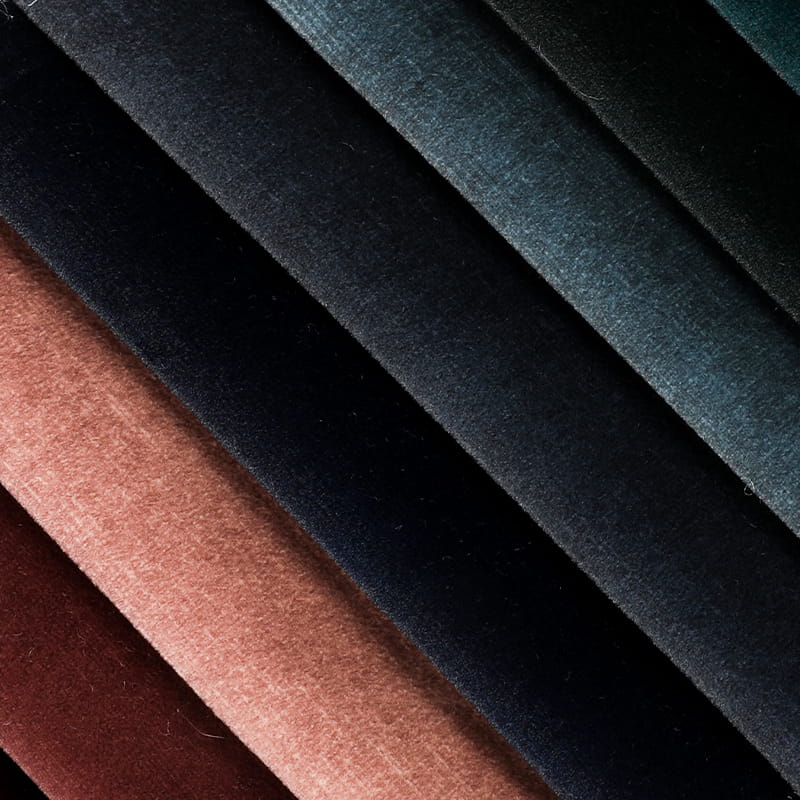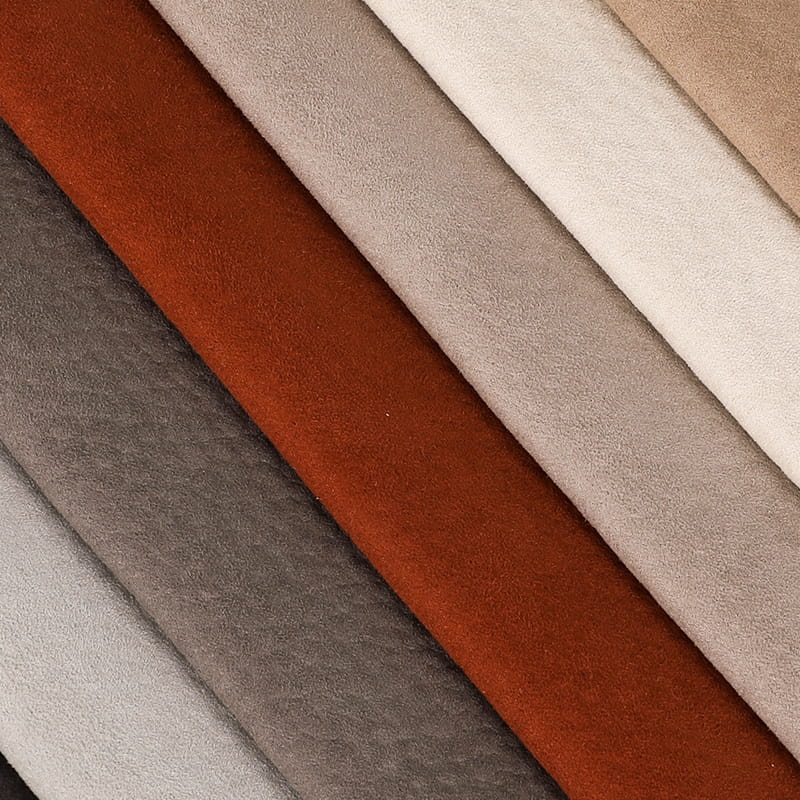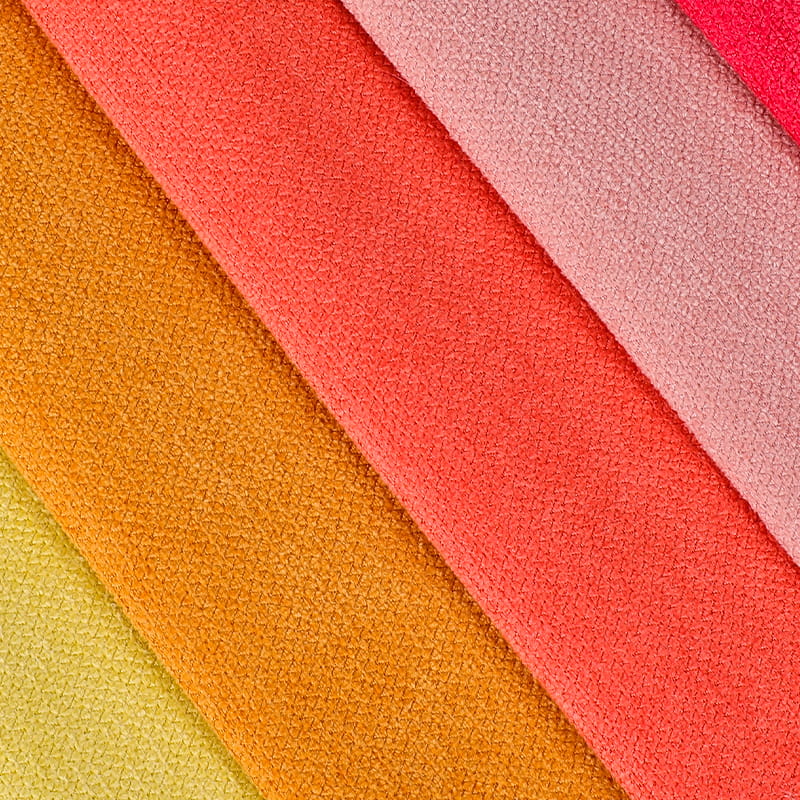In modern home decor, fabric design and texture have become key elements in shaping a space's style. Printed sofa fabric, with its rich visual expression and diverse craftsmanship, is gradually becoming a mainstream choice for soft furnishings. It's not just a practical decorative material, but also a form of living art that blends color aesthetics with textile technology.
The Design Charm and Aesthetic Expression of Printed Sofa Fabric
The greatest feature of printed sofa fabric lies in its free combination of patterns and colors. Printing precisely translates a designer's creativity into a visual language on the fabric. Whether it's natural flowers, geometric lines, or abstract textures, these can all be delicately displayed through precise printing techniques. The layered colors and three-dimensional effect of the pattern make sofa fabric not only a functional fabric but also an extension of spatial art.
With home design trends increasingly personalized, printed sofa fabrics offer a wider range of possibilities. Their patterns can complement or contrast with the overall color palette of the room, creating a variety of styles and atmospheres. From modern minimalism to European retro, from natural pastoral to modern fashion, printing techniques have diversified design languages, bringing visual focus and aesthetic depth to home spaces.
Innovation and Development Directions in Printing Technology
The development of printed sofa fabrics is inseparable from the continuous innovation of textile printing and dyeing technology. Traditional reactive and pigment printing technologies have, through years of technological development, achieved significant improvements in color fastness, abrasion resistance, and hand feel. In recent years, with the maturity of digital printing technology, printed sofa fabrics have entered a new era of high precision and high efficiency.

Digital printing uses a computer-controlled inkjet system to apply patterns directly to the fabric surface, achieving high-resolution color gradations and pattern details. This technology reduces the traditional plate-making process, enhances production flexibility, and reduces resource consumption. The emergence of digital printing not only allows for greater freedom in fabric design but also aligns with the current trend of sustainable development in the textile industry.
The application of new environmentally friendly dyes and water-based printing technology has also achieved breakthroughs in the ecological safety of printed sofa fabrics. By reducing the use of harmful chemicals and wastewater discharge, modern printing processes are more aligned with the concept of green manufacturing. This shift not only reflects technological advancement in the industry but also responds to consumers' concerns about healthy home furnishings.
The Fusion of Materials and Craftsmanship: The Quality of Printed Sofa Fabrics
Printed sofa fabrics not only rely on pattern but also emphasize a balance of texture and tactile feel. Common base materials include polyester, cotton and linen blends, microfiber, and velvet. The choice of material determines the layering and presentation of the print.
For example, polyester fabrics are widely used in frequently used sofas due to their strong color adhesion and durability. Cotton and linen blends, with their natural texture and breathability, create a warm and soft homely feel. Velvet printed fabrics create an elegant ambiance through the play of light and shadow. Their surface texture and color display subtle gradations under the light, creating a highly decorative effect.
In addition to common flat screen and digital printing techniques, newer technologies such as embossing and transfer printing are increasingly being applied to sofa fabrics. By combining multiple printing, dyeing, and finishing processes, printed sofa fabrics not only achieve rich colors and distinct layers, but also exhibit excellent resistance to fading, pilling, and staining, ensuring long-lasting visual durability and practicality.
Application Trends and Market Prospects of Printed Sofa Fabrics
As global home furnishing aesthetics continue to evolve, printed sofa fabrics are evolving from functional materials to artistic and emotionally engaging. Consumers' pursuit of personalization and design has further highlighted the creative value of printed fabrics. Whether it's an entire sofa set or just a few accent pillows or cushions, the incorporation of printed elements can instantly elevate the style of a space.
In commercial spaces and the high-end home furnishing market, printed sofa fabrics have become a crucial medium for expressing brand image and spatial themes. Customized printed fabrics are widely used in venues such as hotels, clubs, and model homes to achieve a unique visual identity and create a unique atmosphere. Furthermore, with the rise of crossover design, the boundaries between textiles, interior art, and fashion trends are blurring, and the application of printed sofa fabrics is expanding beyond traditional home furnishings to encompass a wider range of decorative spaces.
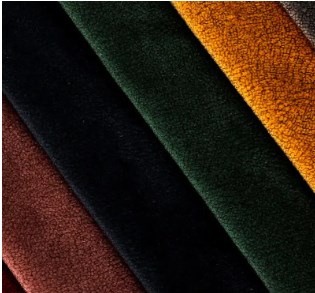
In the future, printed sofa fabrics will continue to develop, driven by both technological innovation and artistic expression. The use of sustainable fabrics, the integration of intelligent printing processes, and the introduction of AI pattern generation technology will all bring new possibilities to this sector. With consumers demanding both quality and design, printed sofa fabrics are undoubtedly poised to become one of the most dynamic segments in the home furnishings market.
Printed sofa fabrics are more than just a part of interior decor; they embody a lifestyle. Through the ingenious blend of color and pattern, they imbue furniture with emotion and warmth, imbuing homes with a unique artistic flair. Advances in modern textile technology have made printing processes more refined, environmentally friendly, and durable. The incorporation of creative design transforms each piece of fabric into a vehicle for expressing the aesthetics of life.
In future home design trends, printed sofa fabrics will continue to play a crucial role in connecting art and function, technology and beauty, becoming a core element in creating comfortable, stylish, and personalized home spaces.



 English
English Español
Español